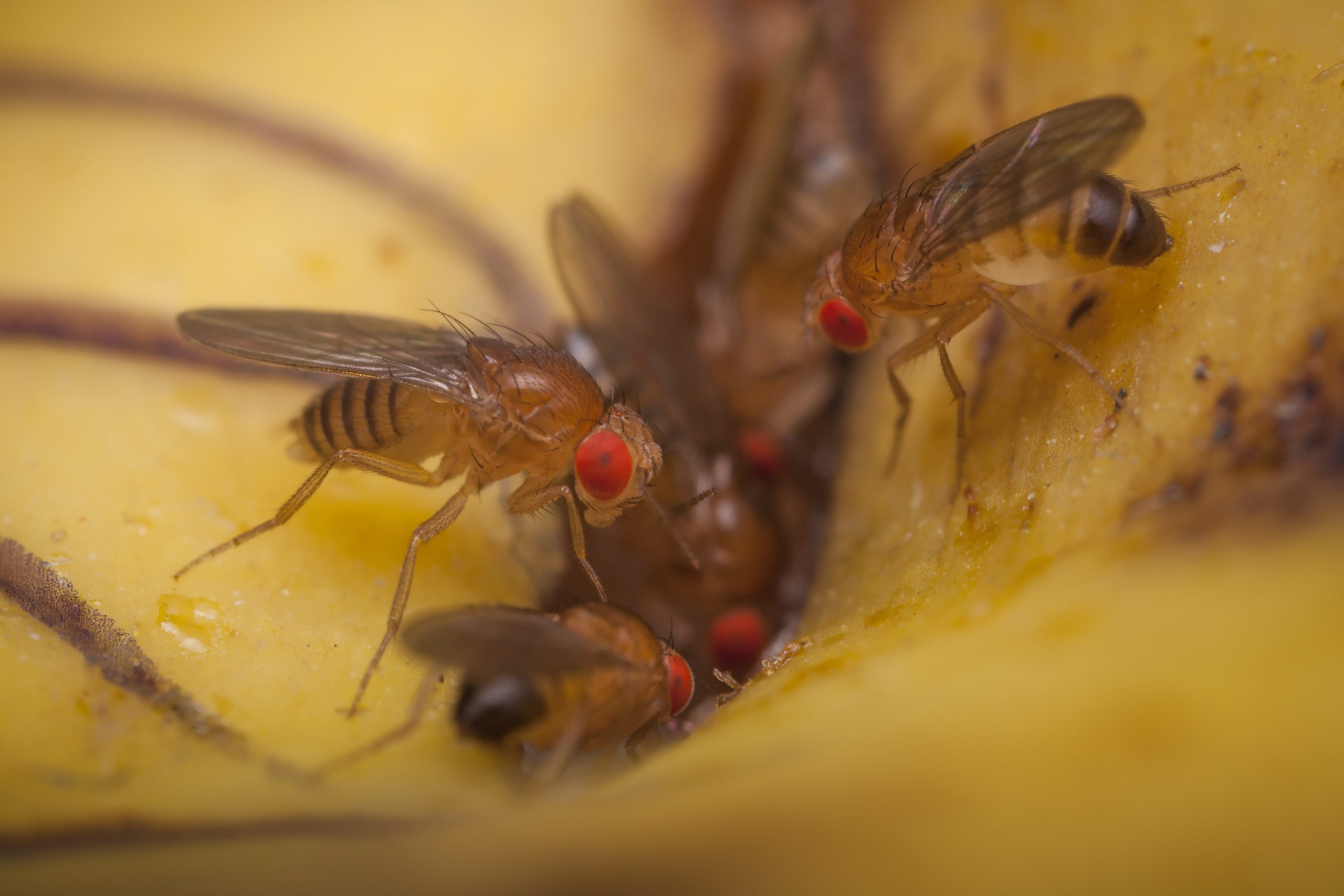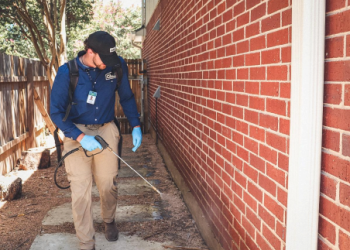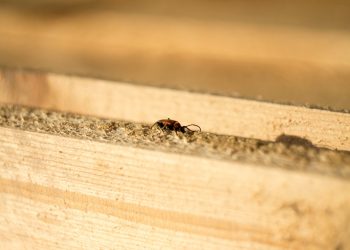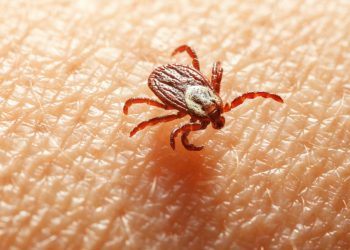Table of Contents
Have you seen tiny dots flying your kitchen? They are fruit flies. In this article, you’ll read how to get rid of fruit flies in your house and kitchen.
What Is a Fruit Fly?
Drosophila melanogaster or fruit fly is a species of a common housefly that is recognized by its red eyes, tan thorax, and black abdomen. Their name is derived from their great affinity for ripening or decaying high fructose substances, which fruitflies exploit as food sources and a nesting site.
Adult fruit flies grow to be nearly 3 mm long and survive for over three months. They are most active during the fall season but may be a problem inside your home at any time. They do not bite but can transport germs from one location to another. A single female may lay up to 100 eggs each day, each taking a week to develop from larvae to adult.
Fruit flies deposit their eggs on the surface or inside of overripe or decaying fruits. As a result, it’s critical to act as soon as you notice the first fruit fly. Post hatching, the larvae feed on the surrounding environment for some days before growing into adults. Fruit flies have a very short lifespan. They may mate just two days after becoming adults, which means your cleaning clock starts right away.
What to Do If You Have Fruit Flies: 5 Steps
Fortunately, there are many measures you can take to keep fruit flies out of your home, get rid of them if you have them, and prevent them from returning. Listed below are a few options:
1. Clean Your Fruits
Wash fresh food brought home from the grocery store or market. Mix two parts of water to one part vinegar for a vinegar wash. The mixture can also help prevent your food from decaying a little longer because it kills bacteria.
Give your fruits and vegetables the last rinse in water to remove any remaining vinegar flavor and aroma when you’re through. You can also use soap water. Pack them into a paper bag. This permits them to keep ripening. Place the bag on the counter or anywhere else in the kitchen when not in use.
2. Wipe Off Any Surfaces That Might Be Breeding Grounds
Thoroughly clean all cabinet surfaces. Also, clean the insides of all garbage cans in your home. Make sure there is no food residue clinging to the inside walls of your garbage cans. They should look just like they did when you initially got them.
Always use garbage bags and dispose of them at the end of each day. If you don’t want to throw the bag because it’s not full, make sure it’s constantly covered.
3. All Containers Must Be Sealed
Check that your lids are firmly sealed if you preserve your fruits and vegetables or brew your cider or beer. Fruit flies can fit beneath them and deposit eggs if they don’t.
4. Make Traps
You can make and set the following fruit fly traps:
- Take 3 oz. unfiltered apple cider vinegar in a tiny mason jar with a thick layer of plastic wrap on top. A small hole should be punched in the center of the plastic wrap. The hole should be the size of the tip of a ballpoint pen.
- You can also set on your kitchen counter a tiny glass ramekin or saucer filled with sweet, soapy water.
- Take an empty mason jar with a decaying piece of fruit at the bottom. Through the hole, place a paper funnel into the jar. The funnel’s center diameter should be large enough to fill and shut the jar’s mouth. The funnel should taper from top to bottom, from a wide aperture to a pin-size hole. This permits the flies to enter the jar but prevents them from fleeing.
5. Keep an Eye on the Traps and Drains
Monitor the number of fruit flies now that you’ve cleaned your drains, cleaned your cabinet countertops and garbage cans, and wiped your fruit.
- Do you see fewer fruit flies in your traps daily?
- Do you notice fewer fruit flies lingering around your drains or flying in and out?
If you answered yes to those questions, congratulations! You may now proceed to routine maintenance.
If the answer is no, perform steps 1 through 5 again until the response is yes. Alternatively, use natural or chemical-based pesticides or aerosols that kill fruit flies.
If you choose with the latter choice – aerosols or pesticides – be sure the items you use are safe for your house, including kids, pets, pregnant women, allergies, asthma, etc. Unless otherwise specified in the product recommendations, do not use such items near food or in places where food is prepared or eaten.








